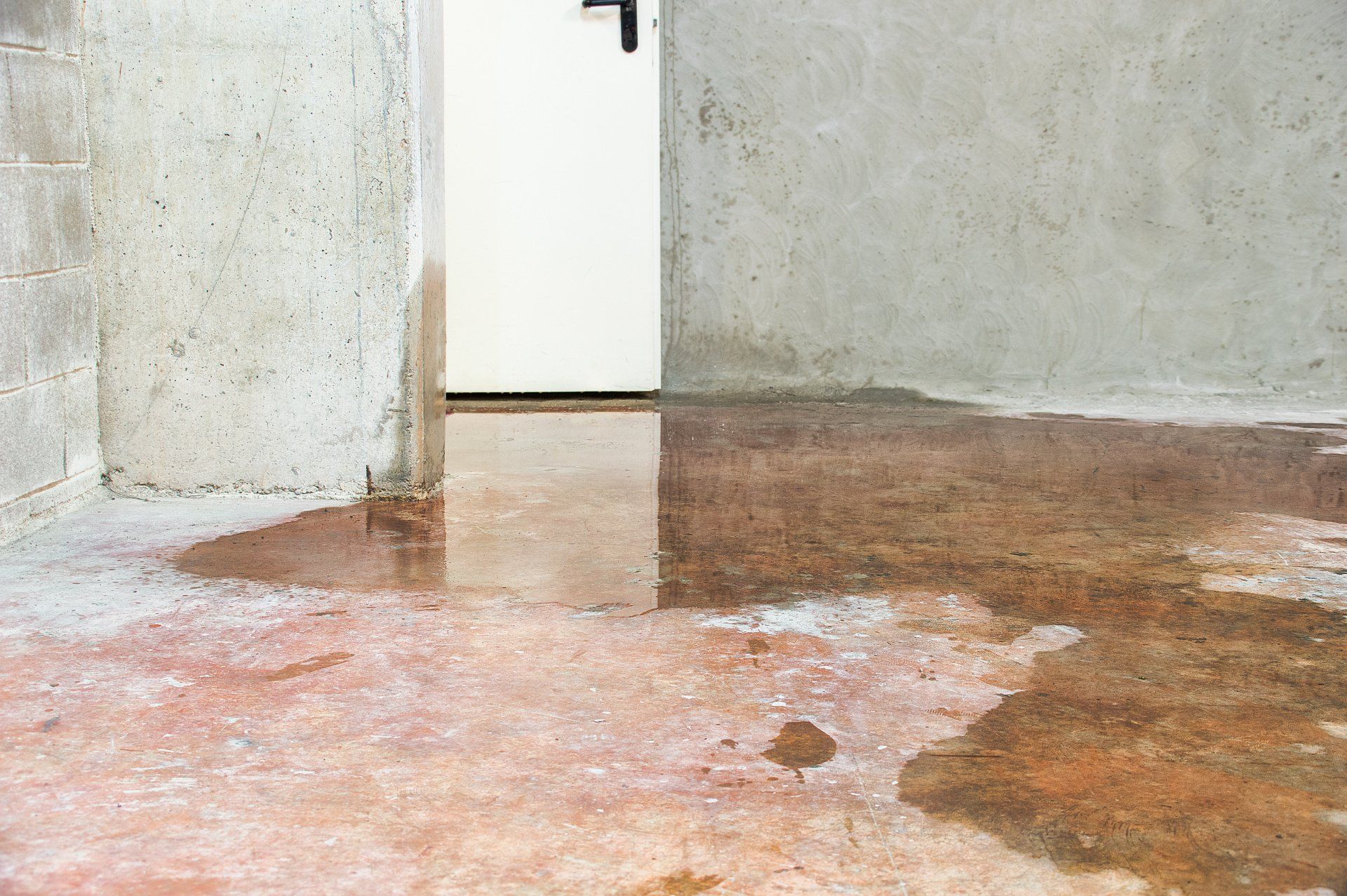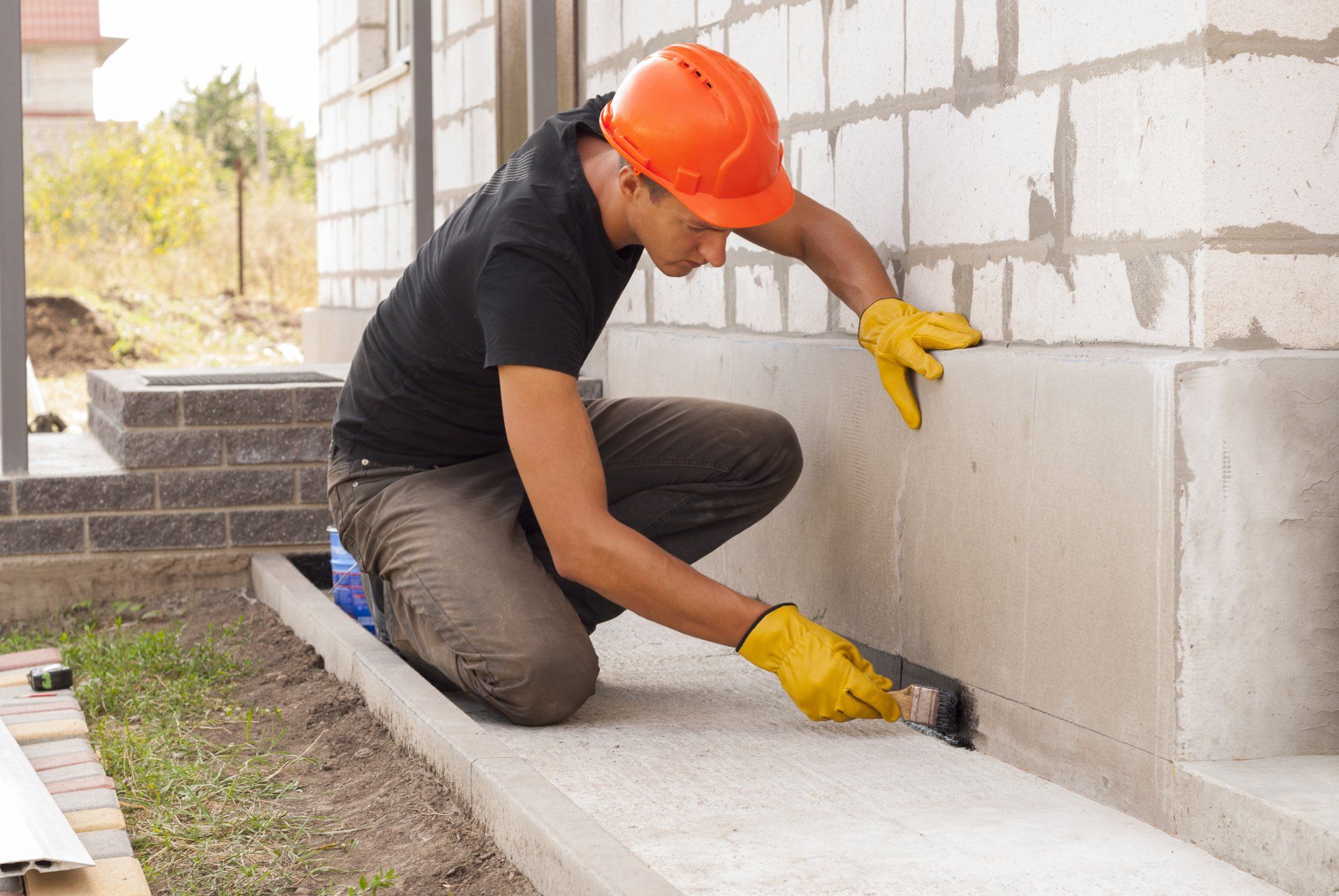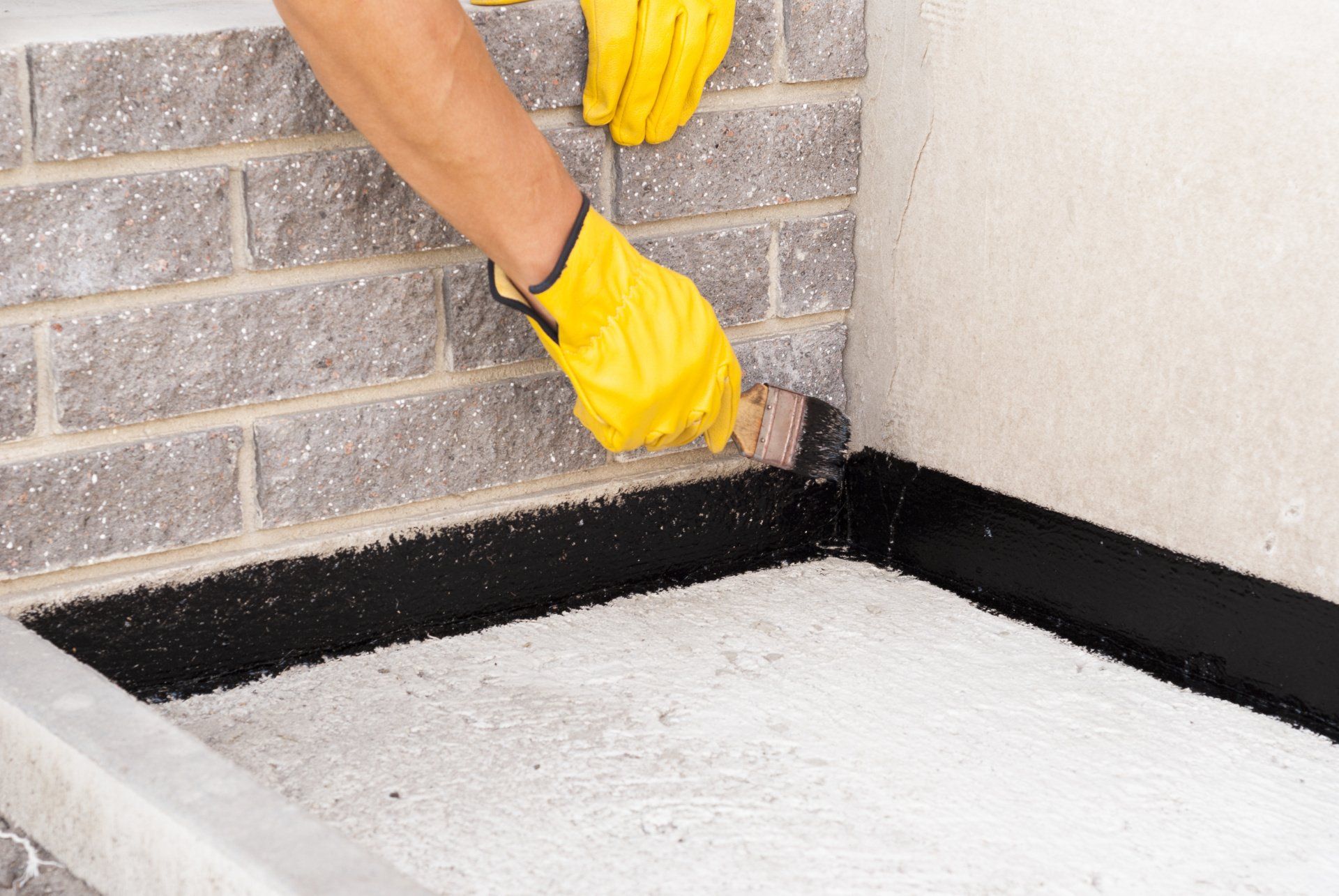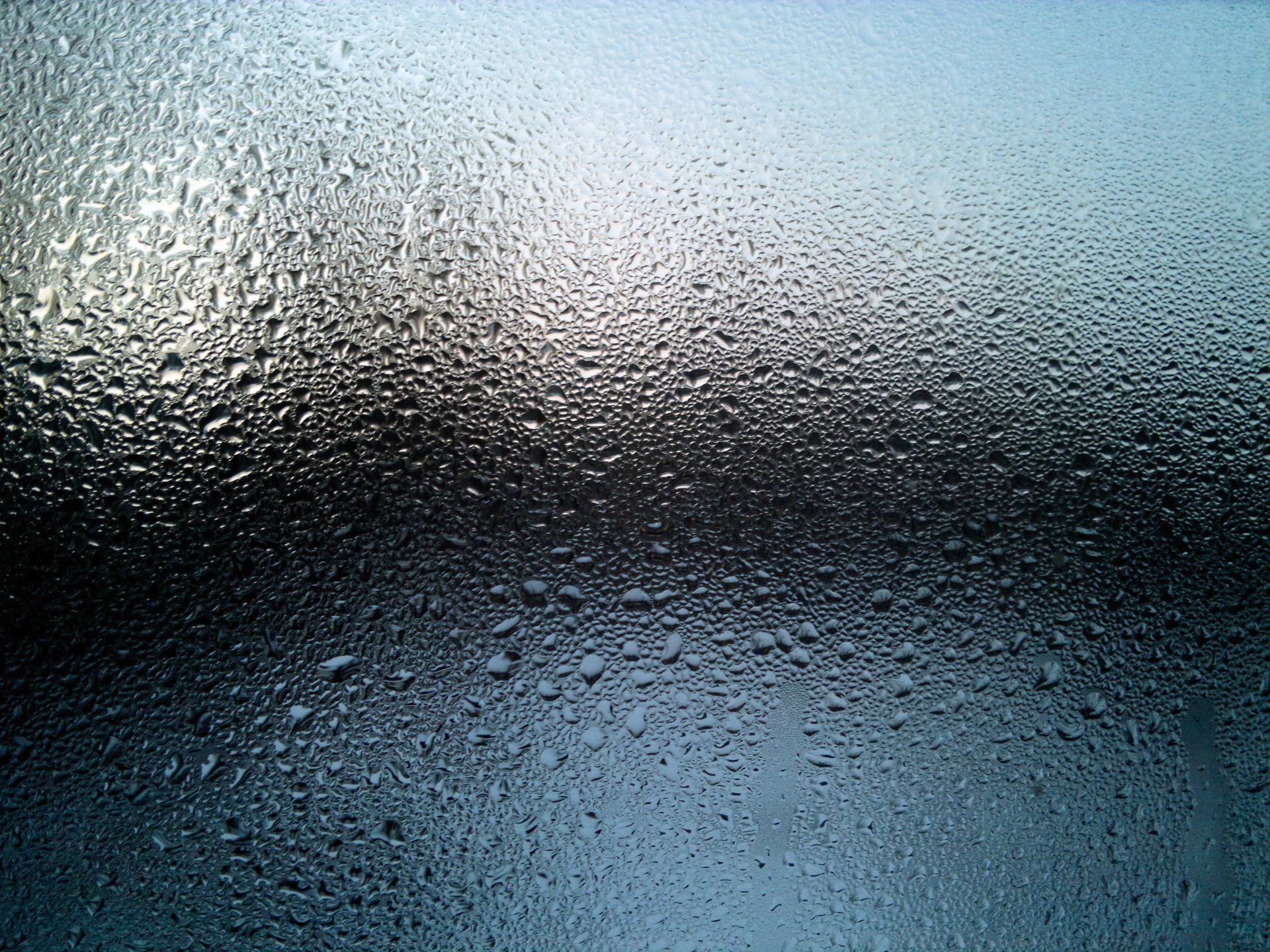Solving the Mystery of a Wet Basement: Why is There Water in My Basement?
A wet basement can be a homeowner’s nightmare, causing significant damage and costly repairs. But fear not, as there are solutions to help you through this issue! This article will uncover the mystery behind “why is there water in my basement?”, explore common causes, and offer effective solutions, preventative measures, and practical advice to help you keep your basement dry and free from water damage.
Short Summary
- Common causes of basement water include foundation cracks and leaks, poor drainage and runoff, and plumbing issues.
- Identifying the source can be achieved through conducting a condensation test, inspecting exterior/interior of home & pinpointing potential issues contributing to problem.
- Effective solutions for dry basements involve sealing cracks & waterproofing walls, improving drainage/installing sump pumps & reducing humidity with dehumidifier or insulating cold-water pipes.
Common Causes of Water in Your Basement

Many homes experience wet basements due to a variety of factors such as foundation leaks, poor drainage, and plumbing issues. If left unaddressed, excess moisture in the basement can lead to damage to carpets, drywall, and framing, and even cause hardwood floors on the level above to warp. It is crucial to understand the root causes of water in your basement to effectively address the issue and prevent further damage.
To help you identify the culprits behind your wet basement, we have outlined the three most common causes: foundation cracks and leaks, poor drainage and runoff, and plumbing issues.
Foundation Cracks and Leaks
Foundation cracks and leaks in the basement wall may be attributed to a range of factors, including poor construction, standing water, inadequate drainage systems, soil condition, and plumbing leaks. Hydrostatic pressure and capillary action can force water through porous materials, such as concrete walls, allowing water to seep into the basement.
Addressing foundation cracks and leaks is crucial to preventing water infiltration and damage to your basement. By understanding the causes of these issues, you can take the necessary steps to repair and protect your basement from further harm.
Poor Drainage and Runoff
Poor drainage and runoff occurs when rainwater or melted snow is not properly routed away from your home, potentially resulting in basement moisture. Common causes of poor drainage and runoff include improper grading, clogged gutters, and inadequate downspouts. An interior drainage system, including a floor drain, can help mitigate these issues.
High groundwater levels can also contribute to persistent wet-basement symptoms that appear similar to runoff. Addressing poor drainage and runoff is essential to maintaining a dry basement and preventing further water damage. By identifying and rectifying the underlying issues, you can effectively manage rainwater runoff and keep your basement dry.
Plumbing Issues
Plumbing issues encompass those related to the installation, maintenance, and repair of plumbing fixtures and systems, which can lead to a flooded basement. The most frequent causes of basement leaks include dripping faucets, leaky pipes, running toilets, low water pressure, clogged drains, and improper installation.
Potential causes of wet basements could include leaking fixtures or blocked sanitary laterals. Identifying and addressing plumbing issues can significantly reduce the risk of water accumulation in your basement. By maintaining your plumbing system and promptly repairing any leaks, you can prevent water damage and keep your basement dry.
Identifying the Source of Basement Water

To effectively tackle the issue of water in your basement, it is essential to identify the source of the problem. This can be achieved through a combination of a condensation test, exterior inspection, and interior inspection. By pinpointing the origin of the moisture, you can implement targeted solutions and prevent further damage to your basement.
In the following subsections, we will guide you through the process of conducting a condensation test, inspecting the exterior and interior of your home, and identifying potential issues that may be contributing to basement water problems.
Condensation Test
A condensation test is a simple yet effective method for determining the source of water in your basement. The test involves affixing pieces of aluminum foil or thick plastic to the walls and floor of the basement and assessing for condensation on the outside of the foil or plastic after a few hours. If moisture is present on the outside of the foil, then condensation is the source of the water.
By performing a condensation test, you can ascertain whether damp spots are the result of condensation or seeping water, allowing you to address the issue accordingly and maintain a dry basement environment.
Exterior Inspection
Exterior inspection during rain can provide valuable insights into potential sources of basement water. Observations may include pooling water, improper grading, and gutter or downspout issues. Identifying these problems can help you take the necessary steps to prevent water from entering your basement and causing damage.
By conducting an exterior inspection, especially during rain, you can gain a better understanding of how water interacts with your home’s exterior and make the necessary adjustments to keep your basement dry.
Interior Inspection
An interior inspection can help identify foundation cracks, leaking plumbing fixtures, and other potential sources of basement water. It is essential to test humidity levels, inspect walls and floors for cracks or signs of water damage, and identify any leaks or other sources of moisture.
By thoroughly inspecting the interior of your home, you can detect and address any issues that may be contributing to basement water problems. Promptly addressing these issues can help prevent further damage and maintain a dry basement environment.
Effective Solutions for a Dry Basement

Once you have identified the source of water in your basement, it is time to implement effective solutions to keep your basement dry and free from moisture damage. Sealing cracks and waterproofing walls, improving drainage and installing sump pumps, and reducing humidity and moist air are all effective strategies for maintaining a dry basement.
In the following subsections, we will discuss these solutions in detail and provide practical advice on how to implement them to achieve a dry and comfortable basement environment.
Sealing Cracks and Waterproofing Walls
Sealing foundation cracks and waterproofing walls can help prevent water seepage and protect the basement from moisture damage. By addressing the root cause of foundation cracks and leaks, you can effectively prevent water infiltration and maintain a dry basement environment.
Patch the cracks in the foundation and seal the basement walls using hydraulic cement or polyurethane caulk. Additionally, applying a waterproof coating or paint to the walls can further damp-proof your basement and provide long-lasting protection against water damage.
Improving Drainage and Installing Sump Pumps
Enhancing drainage systems, installing sump pumps, and addressing landscape issues can help control runoff and subsurface water problems. An effective subsurface drainage system, such as a French drain or an interior drainage system, can be installed to direct water away from your foundation and prevent water accumulation in your basement. A properly installed drain pipe plays a crucial role in achieving this goal.
By improving drainage and installing a sump pump, you can effectively manage rainwater runoff and subsurface water issues, keeping your basement dry and free from water damage.
Reducing Humidity and Moist Air
Reducing humidity and transforming humid air in your basement is essential to prevent moisture buildup and decrease the risk of mold and mildew growth. Utilizing a dehumidifier to lower humidity levels in the basement and insulating cold-water pipes can help prevent moist air from contacting the cool basement wall, thus avoiding condensation on basement walls.
By implementing effective measures to reduce humidity and moist air, such as damp-proofing walls and using dehumidifiers, you can maintain a comfortable and dry basement environment.
Preventative Measures to Keep Your Basement Dry

Prevention is better than cure, and this adage holds true for maintaining a dry basement. By undertaking regular maintenance, landscape adjustments, and basement waterproofing, you can effectively prevent water from entering your basement and causing damage.
In the following subsections, we will discuss these preventative measures in detail, providing practical tips and advice to help you keep your basement dry and protected from water damage.
Regular Maintenance
Routine maintenance is a crucial factor in preventing basement water issues. Regularly cleaning gutters, inspecting plumbing, and assessing for any signs of water damage can help keep your basement free from moisture. By maintaining your home’s exterior and interior components, you can identify and address potential problems before they escalate into significant damage.
By adhering to a maintenance schedule and promptly addressing any issues, you can prevent water damage and maintain a dry and comfortable basement environment.
Landscape Adjustments
Adjusting the landscape around your home can greatly impact the prevention of water accumulation in your basement. Sloping the soil away from the foundation and adding downspout extensions can direct rainwater away from your home and prevent water from pooling around the foundation.
By taking proactive measures to adjust the landscape surrounding your home, you can effectively manage rainwater runoff and keep your basement dry.
Basement Waterproofing
Investing in professional basement waterproofing services, like Advanced Basement Waterproofing in Western MA and Northern CT can provide long-term protection against water damage and moisture problems. Waterproofing your basement involves sealing cracks and holes in the concrete walls of the foundation, applying waterproof paint or coating, and installing an interior water drainage system to prevent wet basement walls.
By ensuring your basement is properly waterproofed, you can protect your home from water damage, maintain a dry basement environment, and enjoy peace of mind knowing your basement floor is safeguarded against water in the basement and other moisture problems.
Summary
In conclusion, understanding the causes of wet basements and implementing effective solutions, preventative measures, and regular maintenance can help you maintain a dry and comfortable basement environment. By addressing foundation cracks and leaks, improving drainage, and reducing humidity, you can protect your home from water damage and enjoy a healthy, moisture-free living space. Remember, a dry basement is not only a comfortable space, but also a valuable investment in the health and well-being of your home and family.


